With the help of an ELCD test, a pv manufacturer can evaluate the quality of the cells manufactured and any other possible defects caused by bad cell quality and/ or later mishandling of photovoltaic panels.
Nowadays the majority of large solar panel manufacturers have integrated the ELCD test in their production lines. At the same time, many small and medium sized manufacturers do no invest in modern ELCD test equipment…
What defects can the ELCD test detect?
With the help of the ELCD test, a manufacturer can detect defects that are normally not visually detectable.
Defects that can be found with an ELCD test are:
- Broken cells and micro-cracks in the cells.
- Detection of busbar contact defects
- Detection of missing or interrupted screen-printed fingers
- Detection of non-homogeneity and foreign matter in the crystalline silicone
Why perform an ELCD test?
The ELCD test can detect hidden defects that were before untraceable by other testing methods, such as the thermal camera, V-A characteristic and flash test. Micro-cracks negatively impact the long term performance of pv cells.
Is the ELCD test enough to perform quality control?
Micro-cracks do not necessarily mean that the performance of the cells is affected. And the performance of the cells or the impact of micro crack on cells can not be measured with an ELCD test. The real performance can be measured with a flash test. However, panels with cracked cells are potential candidates for future performance degradations that in the worst case bring down a whole string and therefore the whole output of the installed system.
PV quality specialists such as Sinovoltaics would never accept to let pass any cells that show micro cracks: as the long term performance can be affected, the cells should be replaced. Panels suffering from many micro-cracked cells are optimally replaced, too. For this reason, it’s best to perform the ELCD test before the lamination process, so the defects solar cells can be replaced before being assembled into the panel.
After the lamination process the ELCD test can be performed again, to see if the cells have gone through the lamination process without any damage.
An example ELCD test result of a defect and a quality solar panel:
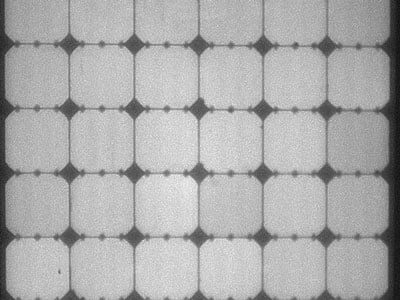
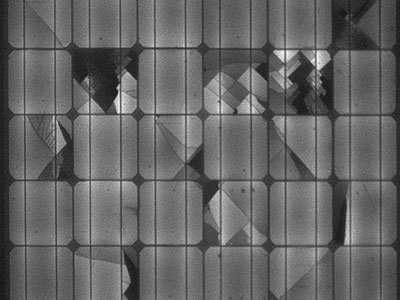
Do you have any experience with ELCD tests? Feel free to comment!
Solar panel quality inspections
Are you purchasing solar panels, inverters or mounting racks in the Greater China region? Sinovoltaics performs independent quality inspections on-site at solar manufacturers.
Advantages:
- Replace defects prior to shipment
- Independent testing report
- 100% certainty about product quality
- International testing crew specialized in solar PV panels, inverters and mounting racks
Learn more about Sinovoltaics and its PV quality inspection and consultancy services

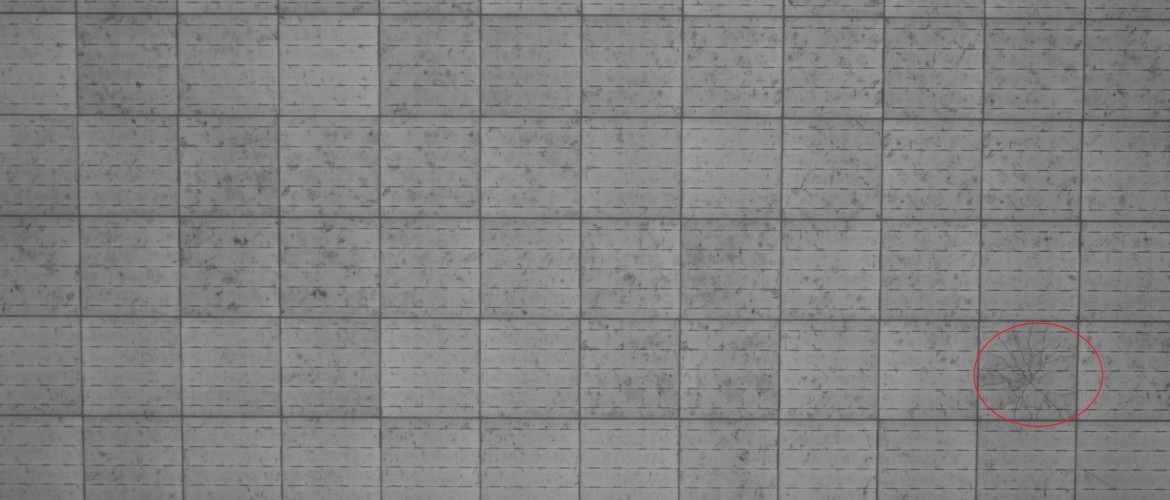

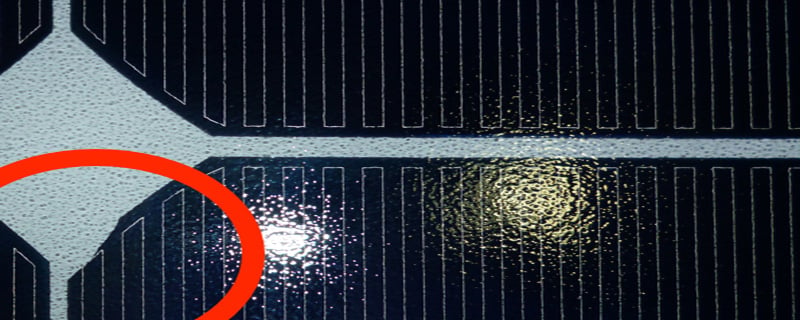
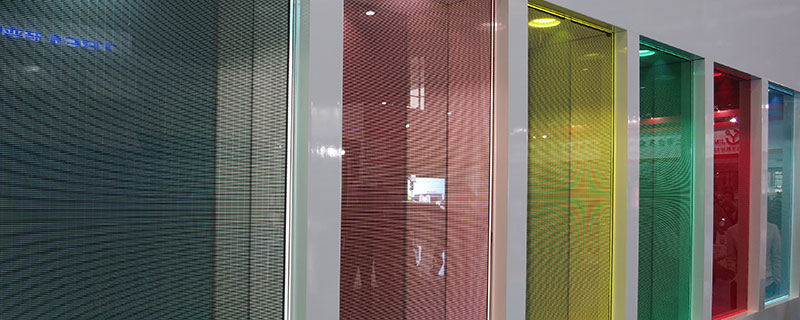
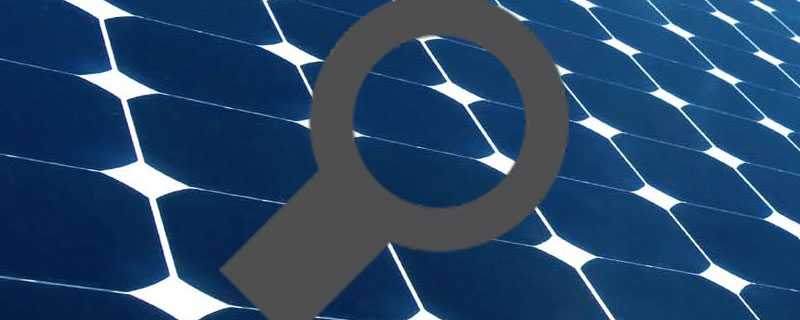

fowlersr
on 27 Feb 2012fowlersr
on 27 Feb 2012a_mounsey
on 10 Feb 2011